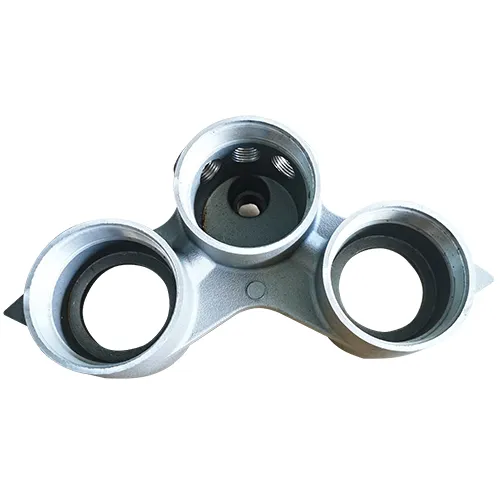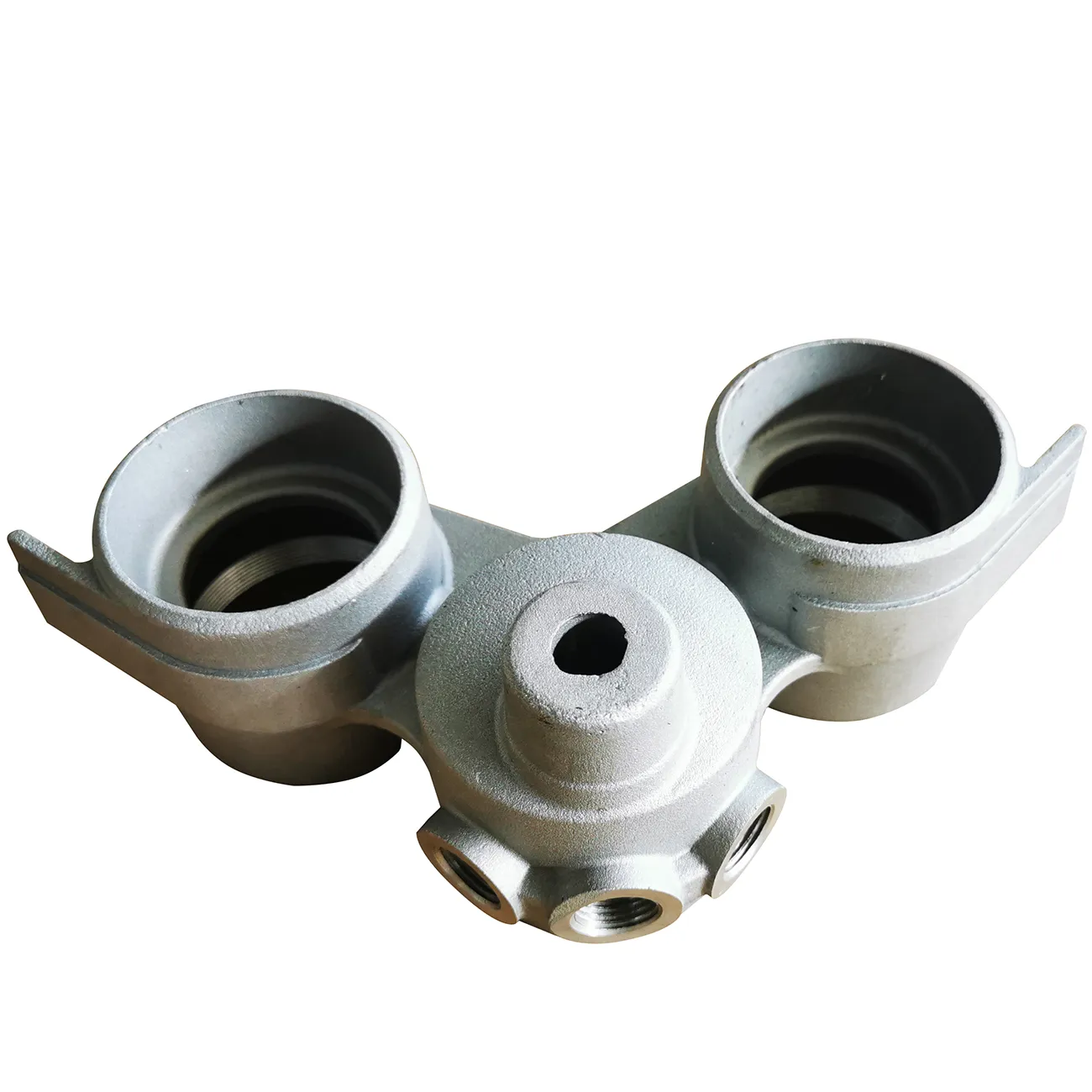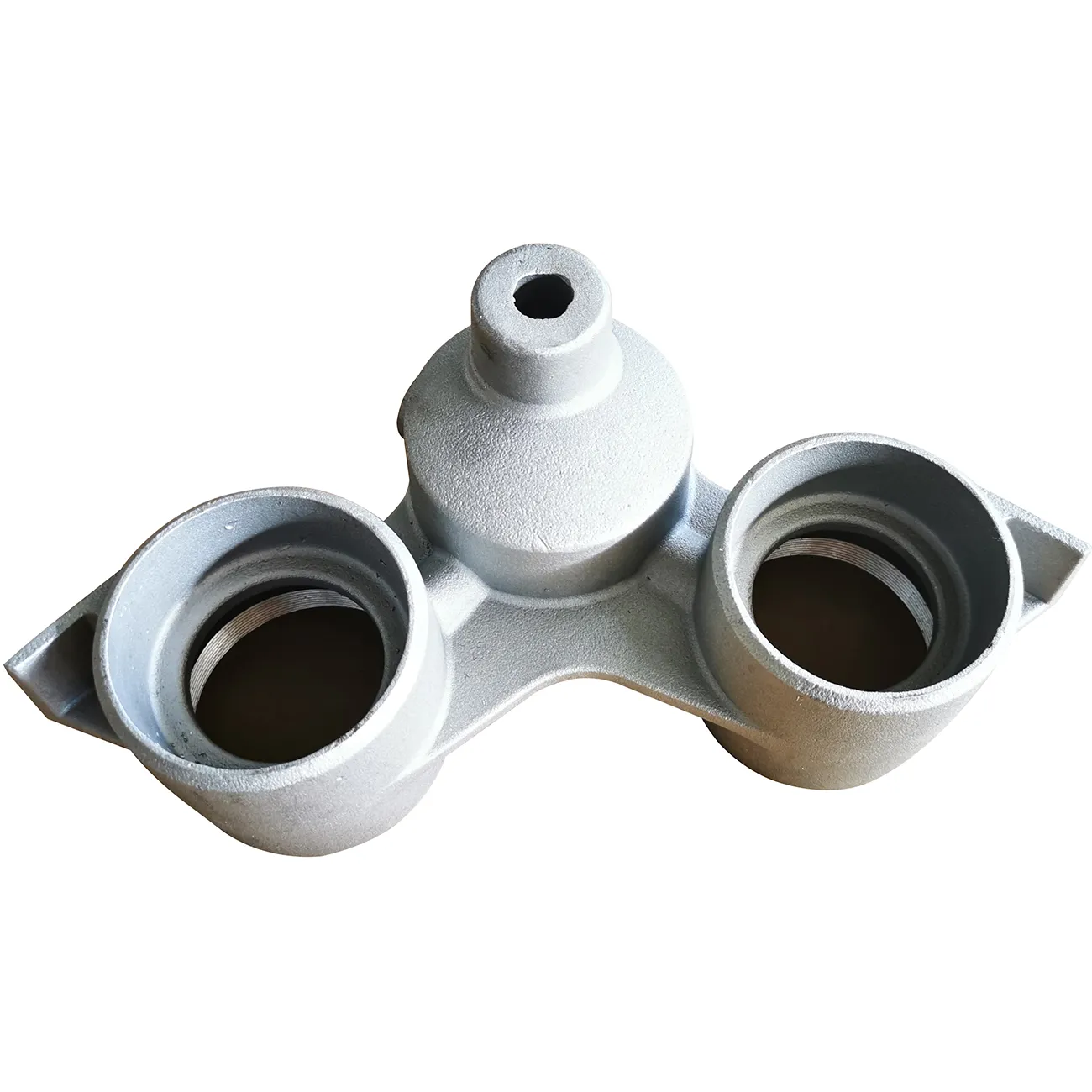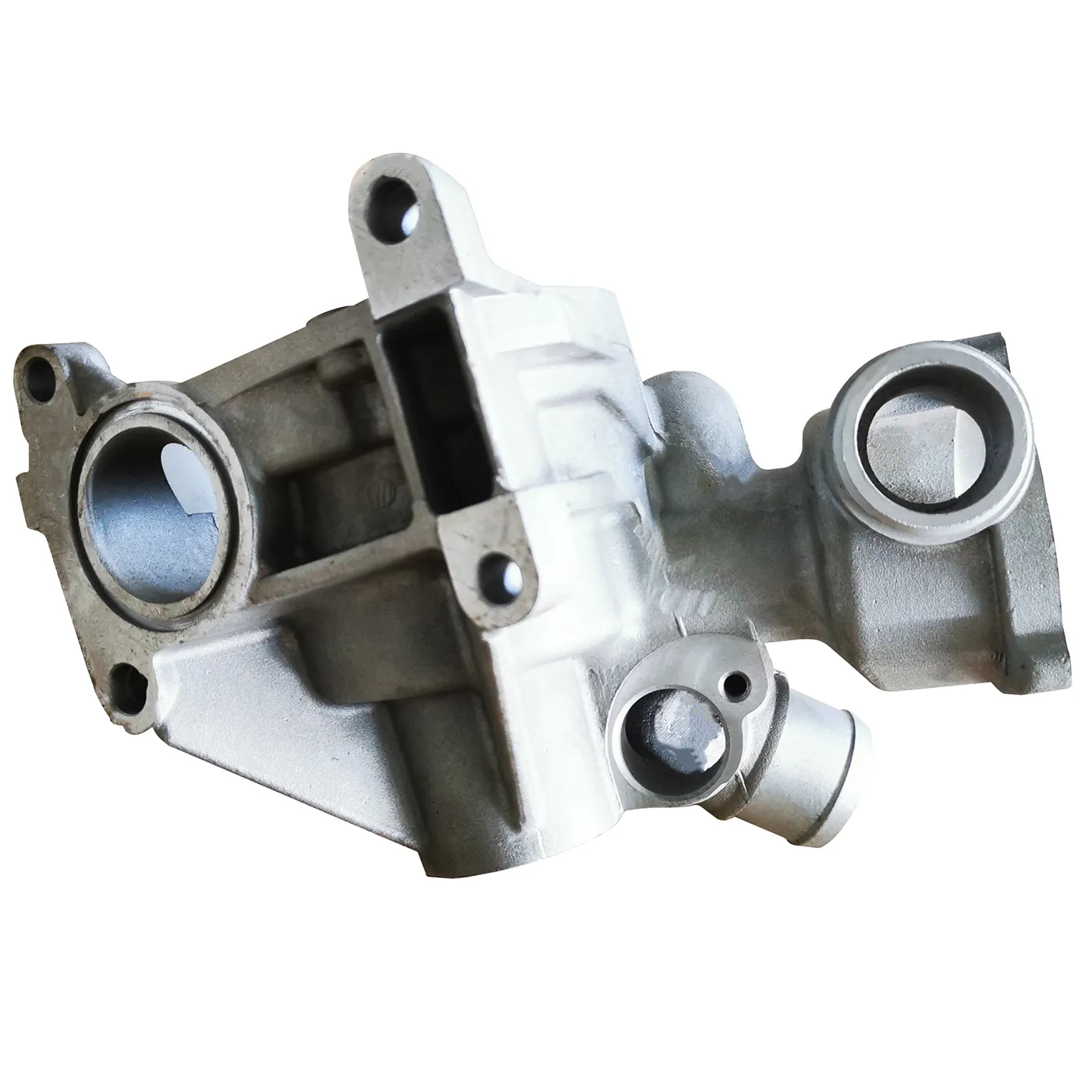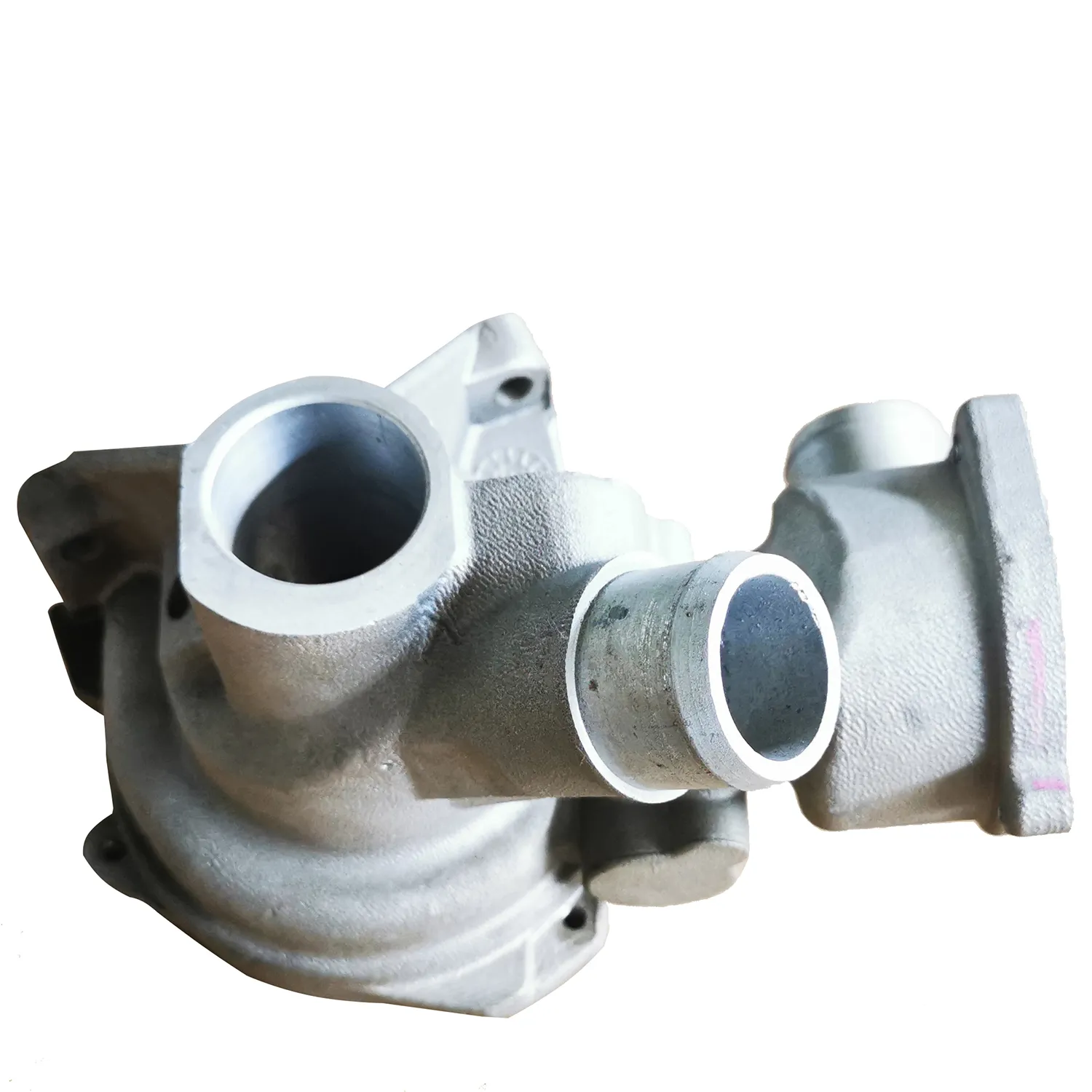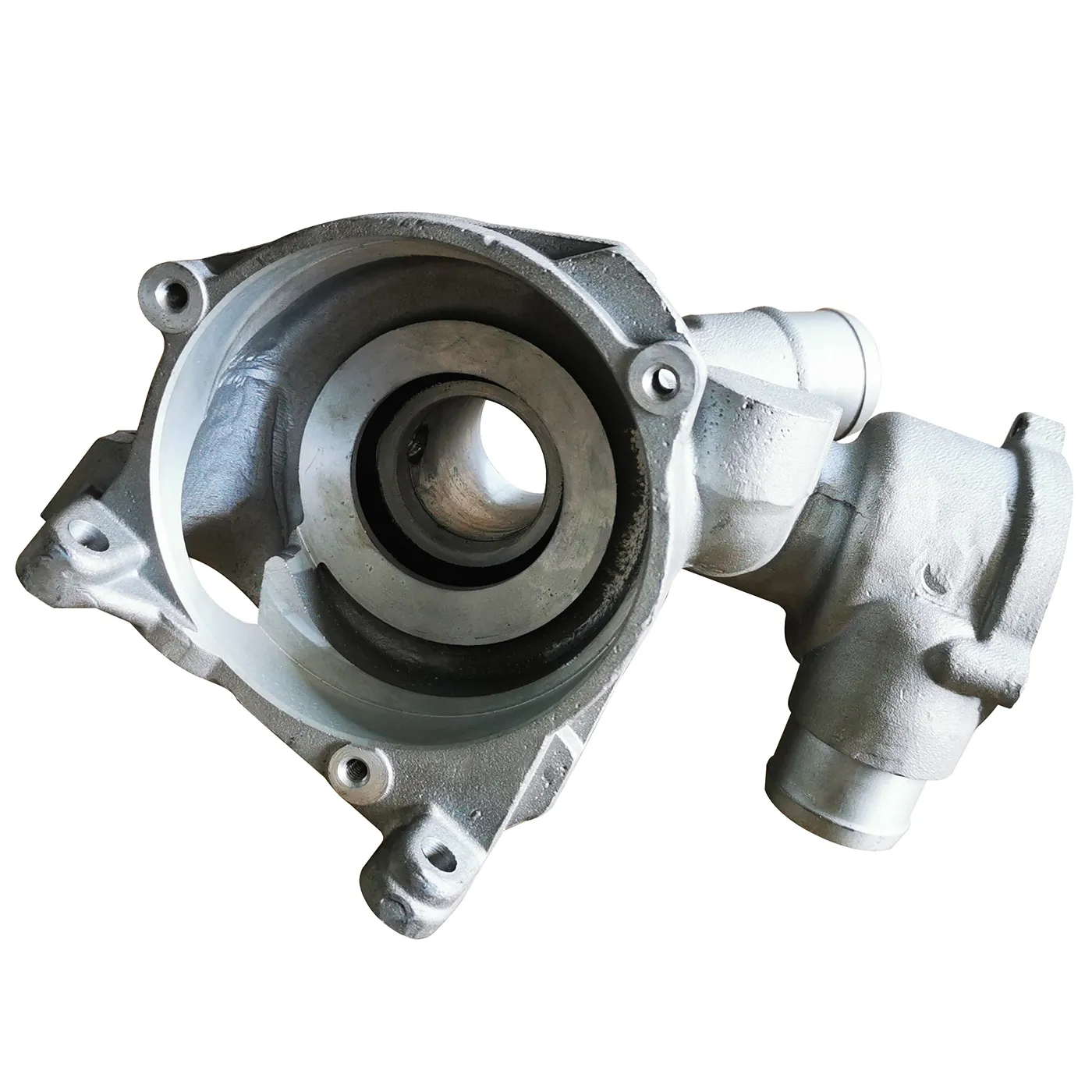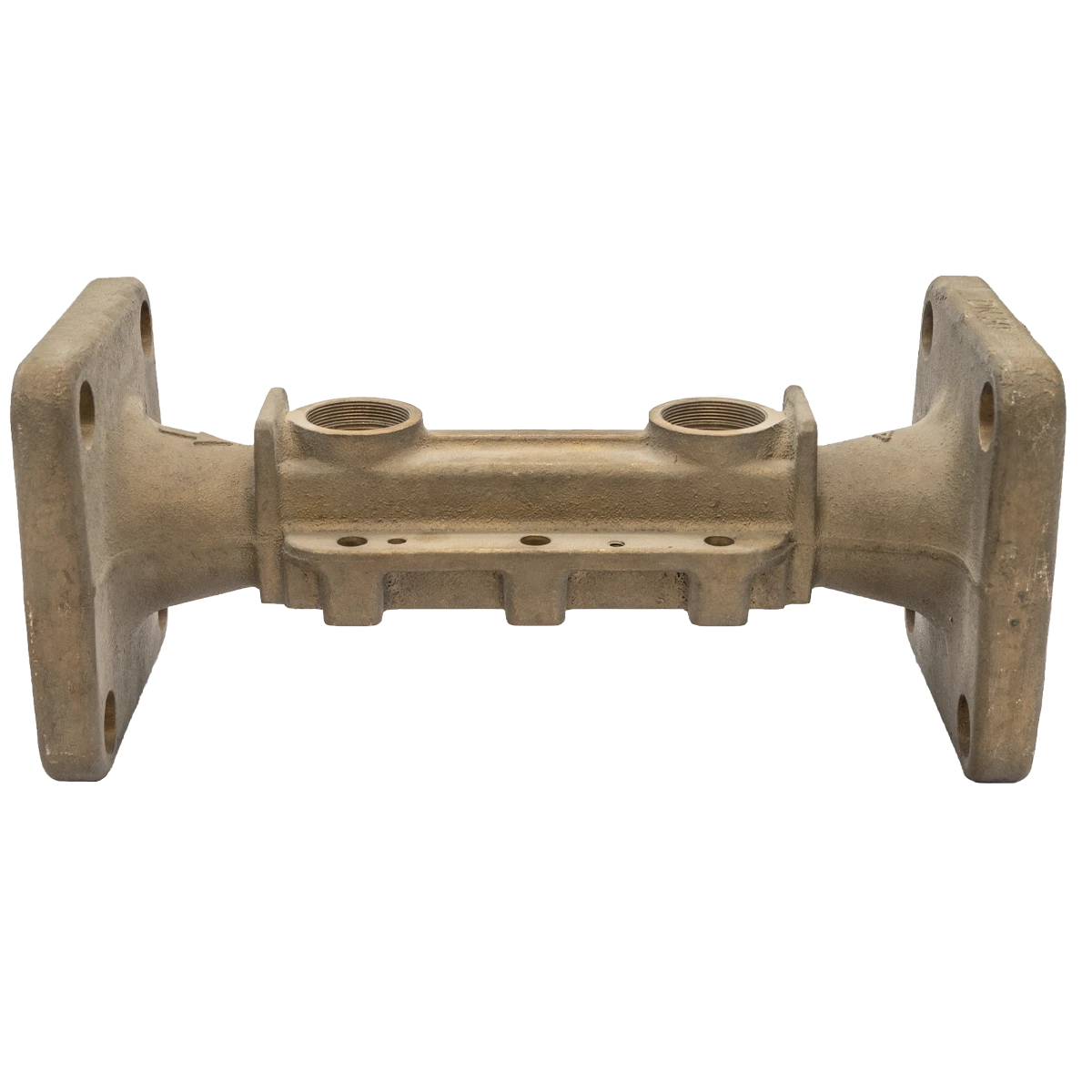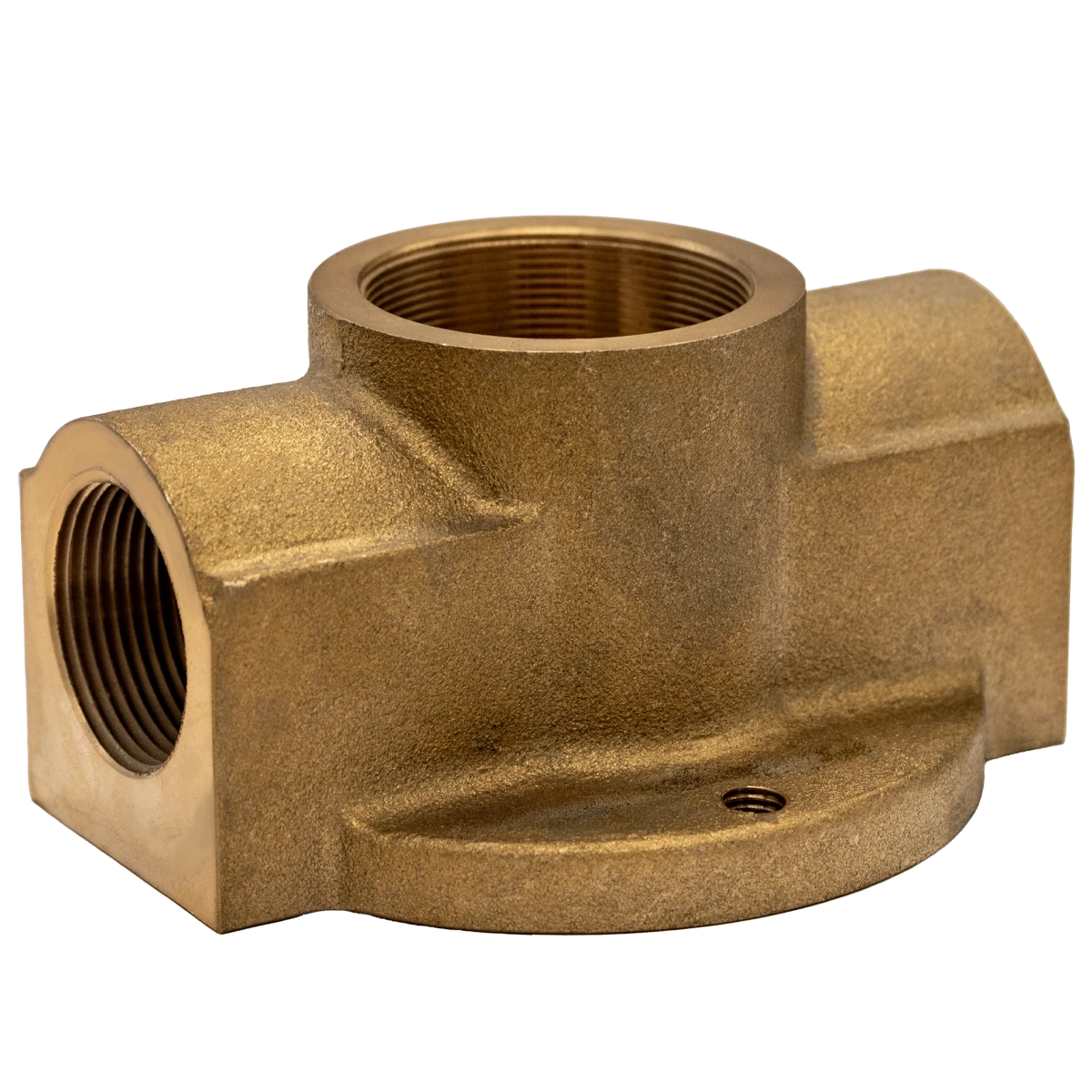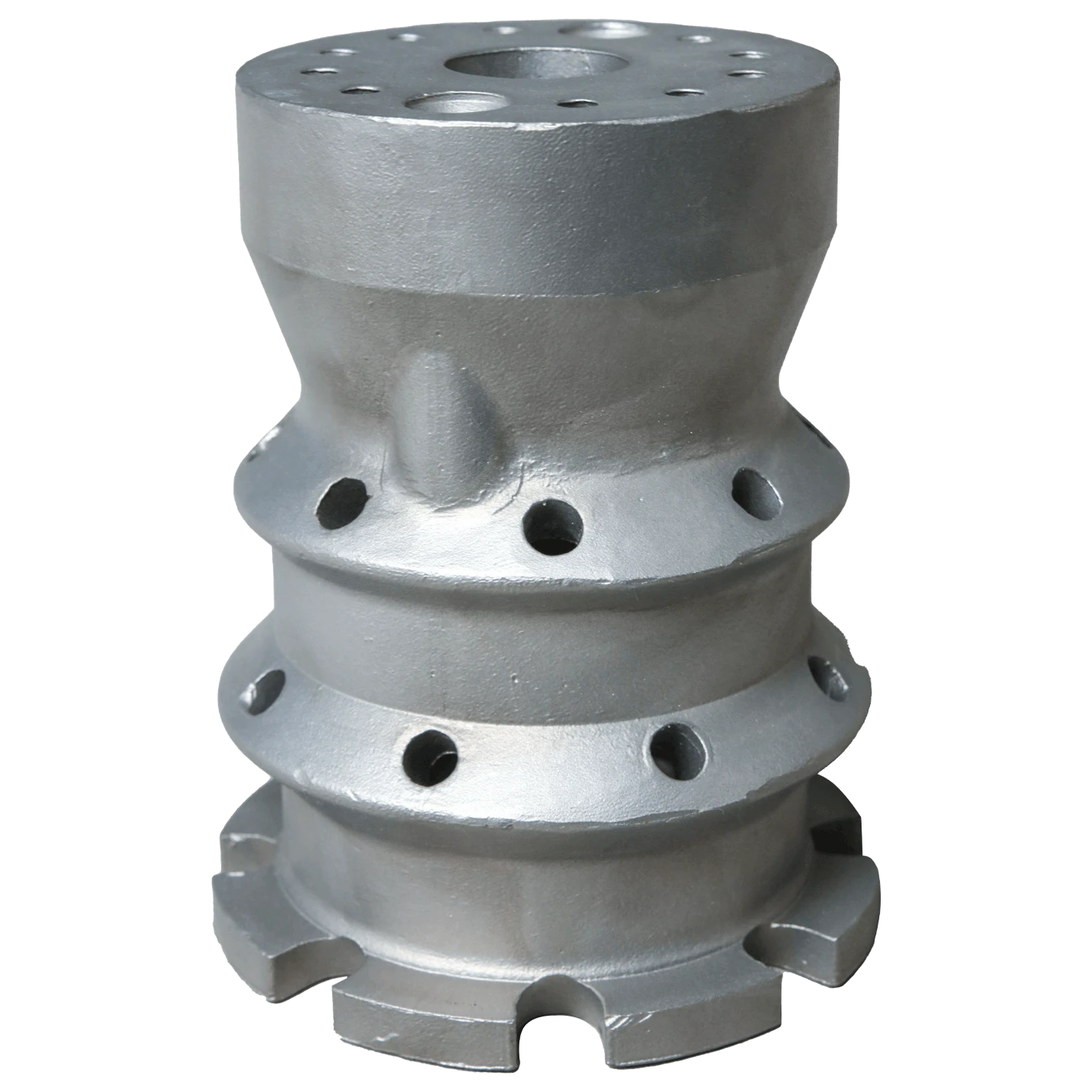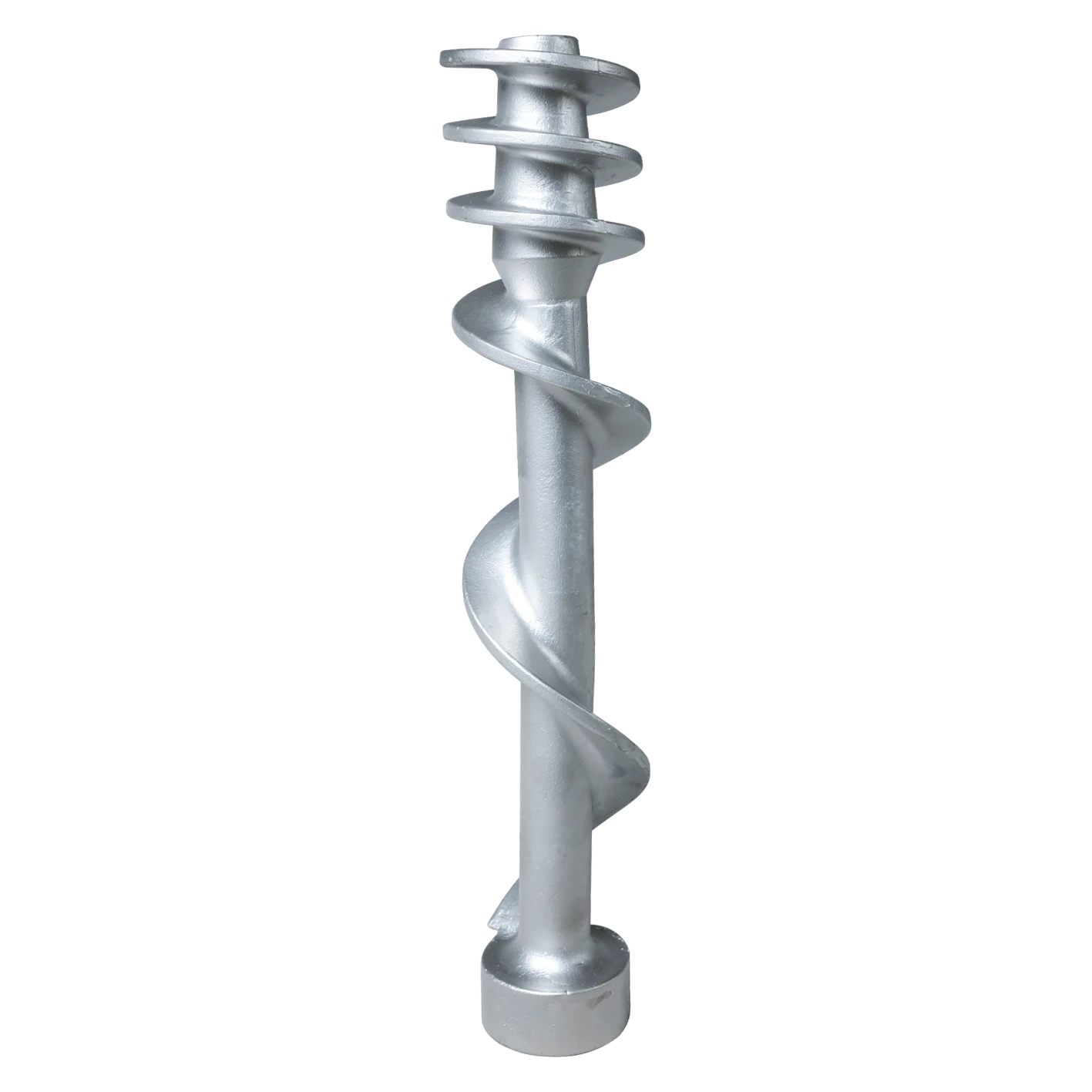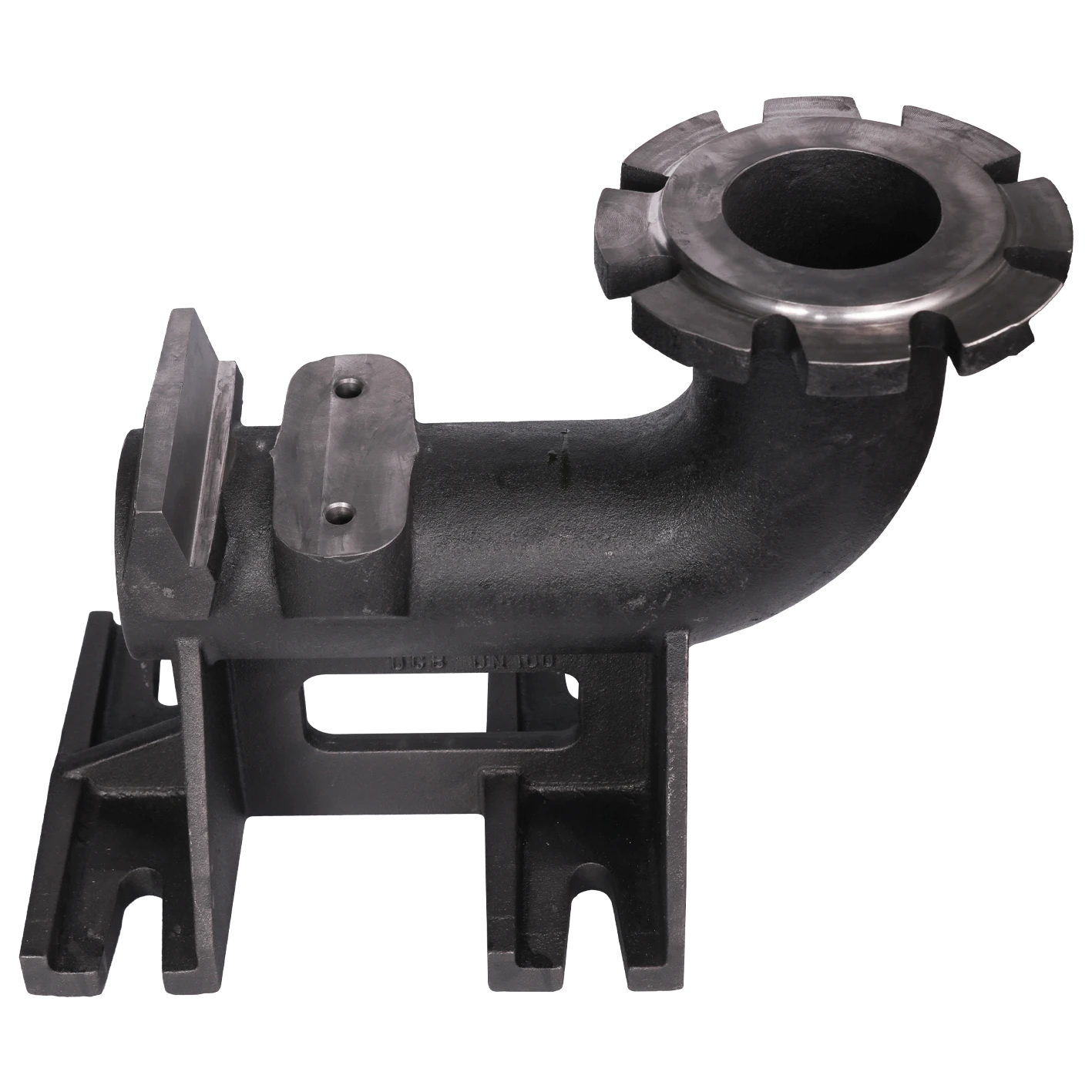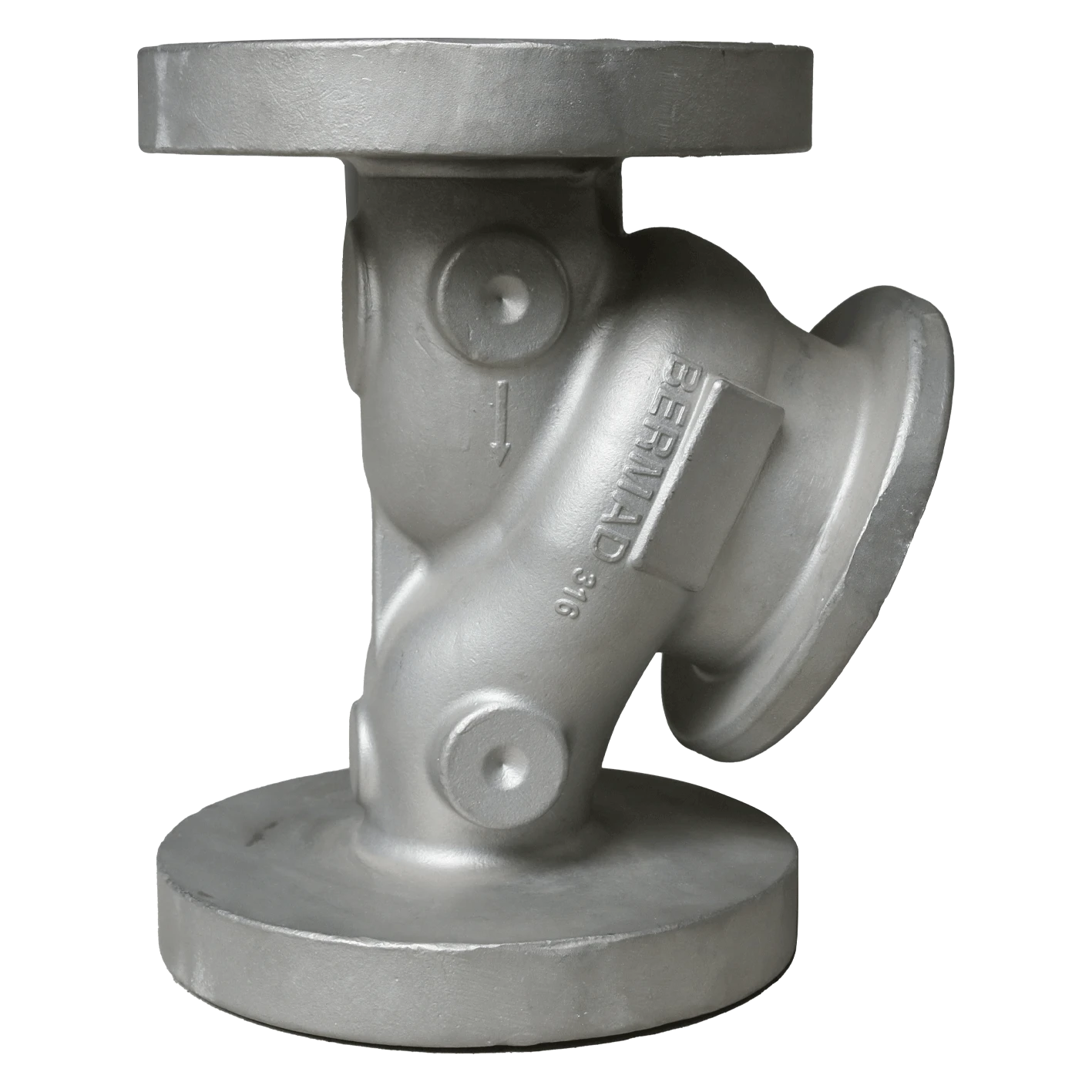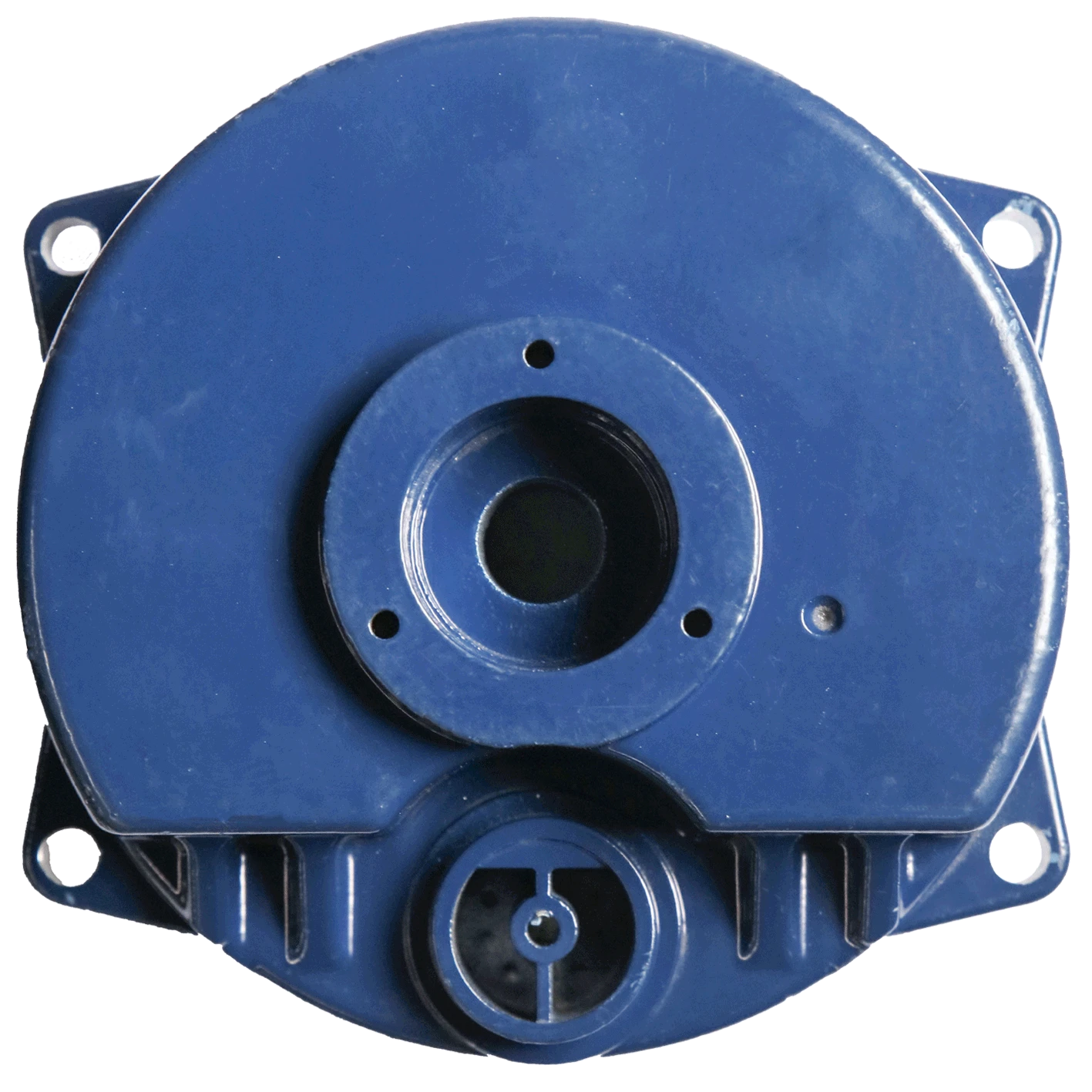Basic Principle
Shell casting process is a casting method that relies on a model to form a casting. Wax or clay molds are made into shells through several processes, then casting alloys are injected into the shells, the shells and castings are removed after cooling, and finally the remaining shells are removed. This method can produce castings with complex shapes and good surface quality.
Second, the classification
According to different production processes, shell casting process can be divided into two categories: lost wax method and water glass method.
1. Lost wax method: the shell is made by wax mold as a prototype, and then the casting alloy liquid is injected into the shell by steam pressurization or infusion casting. After the alloy is cured, the shell is removed with water or corrosive solution to get the casting.
2. Water-glass method: water-soluble glass as a binder will be made into a model of quartz sand. The model is coated with alcohol-oxygen silane to make the shell, and then the coating cured silica sand to fill the model gap to form the inner cavity, the casting alloy liquid filling the shell. After curing the alloy, water or corrosive solution to remove the shell, you can get the casting.
Application
Shell casting process is widely used in automobiles, aircraft, ships, machine tools, medical equipment and electronic devices and other industries. It can produce castings with high precision, high surface quality, high strength, high temperature and corrosion resistance and other special properties.
Fourth, the precautions
1. The casting alloy should be selected with proper melting point, good fluidity, and not easy to react with the binder.
2. Shell should choose the appropriate binder and filler, and to ensure that the binder and filler particle size is consistent, otherwise it will lead to defects in the shell.
3. Before injecting the casting alloy, the shell should be preheated to avoid any internal damage of the casting.
5. In order to maintain the shape and dimensional accuracy of the model, the shell in the casting process needs to maintain a certain temperature and humidity to avoid deformation and rupture.
The above is a basic introduction to the shell casting process and related notes. In the actual production process, should be applied flexibly according to the specific circumstances to ensure product quality and production efficiency.
Mobile:+86-311-808-126-83
Email:info@ydcastings.com
Write your message here and send it to us
Related PRODUCTS

